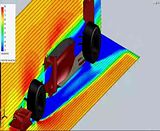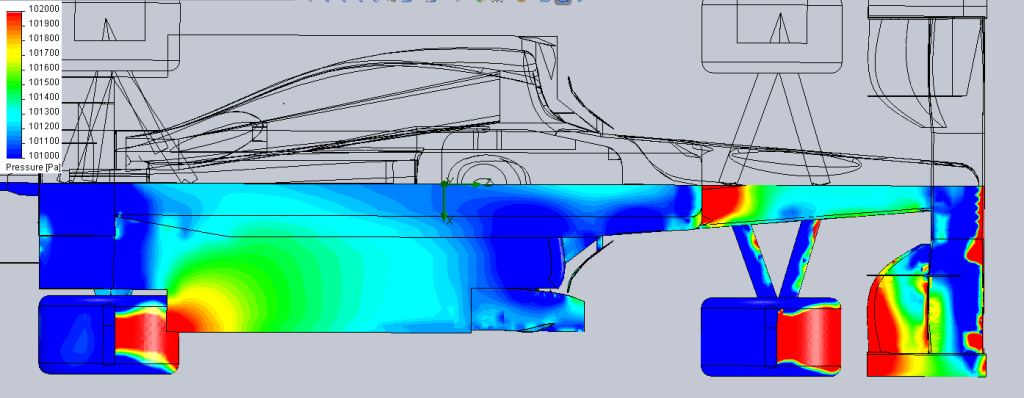I wonder how many kiloplops it would sap from KERS to make a gain in aero performance from the current.marekk wrote:And this year almost all of the cars are equiped with more or less reliable sorce of high voltage current (KERS). In the aviation there are some planes, which use controll boundary layer separation by some plasma injection devices near leading edge of airfoils.JaymzVsTheWorld wrote:I remember a few years ago I hear a roumour about the bodywork having an electric current flowing over it, I think it was Ferrari that tried it out, or so I heard.Paul wrote:Does anyone know if there were ever experiments on race cars where the floor was deliberately heated to energise the flow and gain downforce? For example, I could imagine flat panel heat exchagers like the ones tried on Brabham BT46 installed in place of bare floor panels, thus also contributing to engine cooling. But that is just my imagination, so...
I remember when we were chatting about the rumour, it was said that it was something to do with yaw, and cost too much. Plus it heat up the bodywork too much.
I thought at the time that maybe they would need a good conductor and insulator mixed in with the carbon fibre and paint, gold maybe. But that's most likely complete mince I'm talking!






